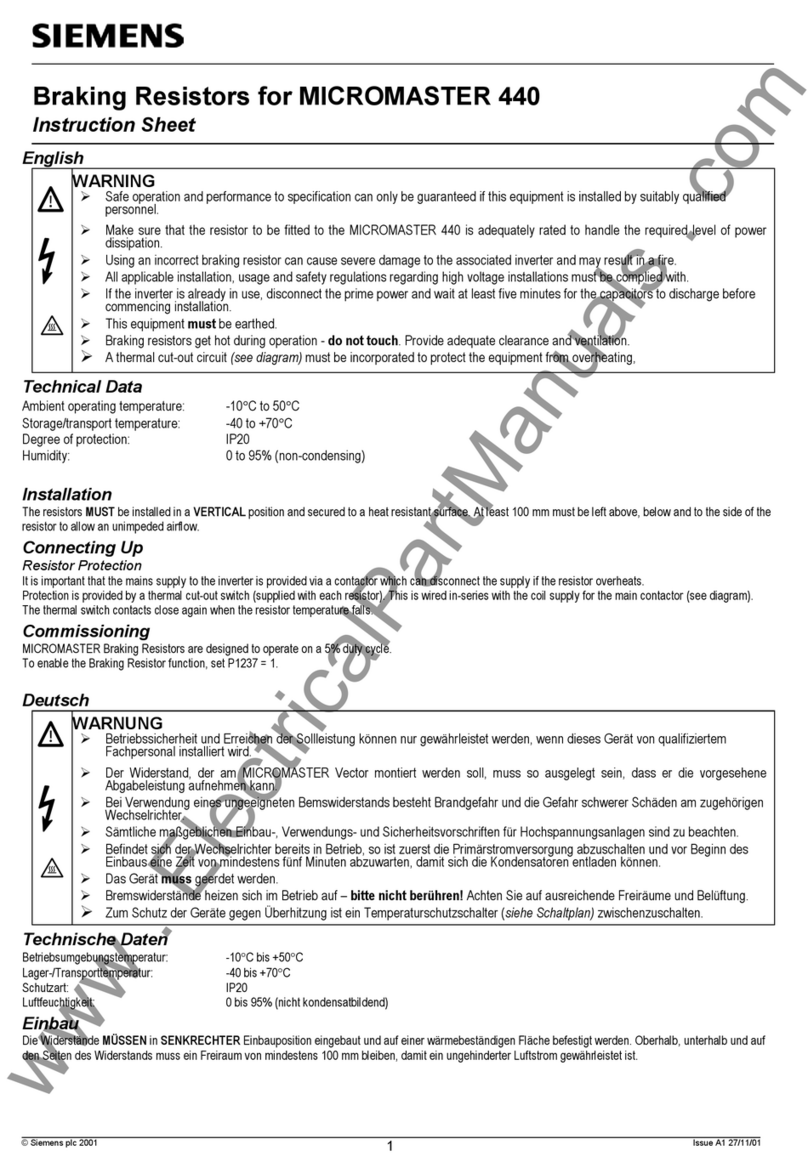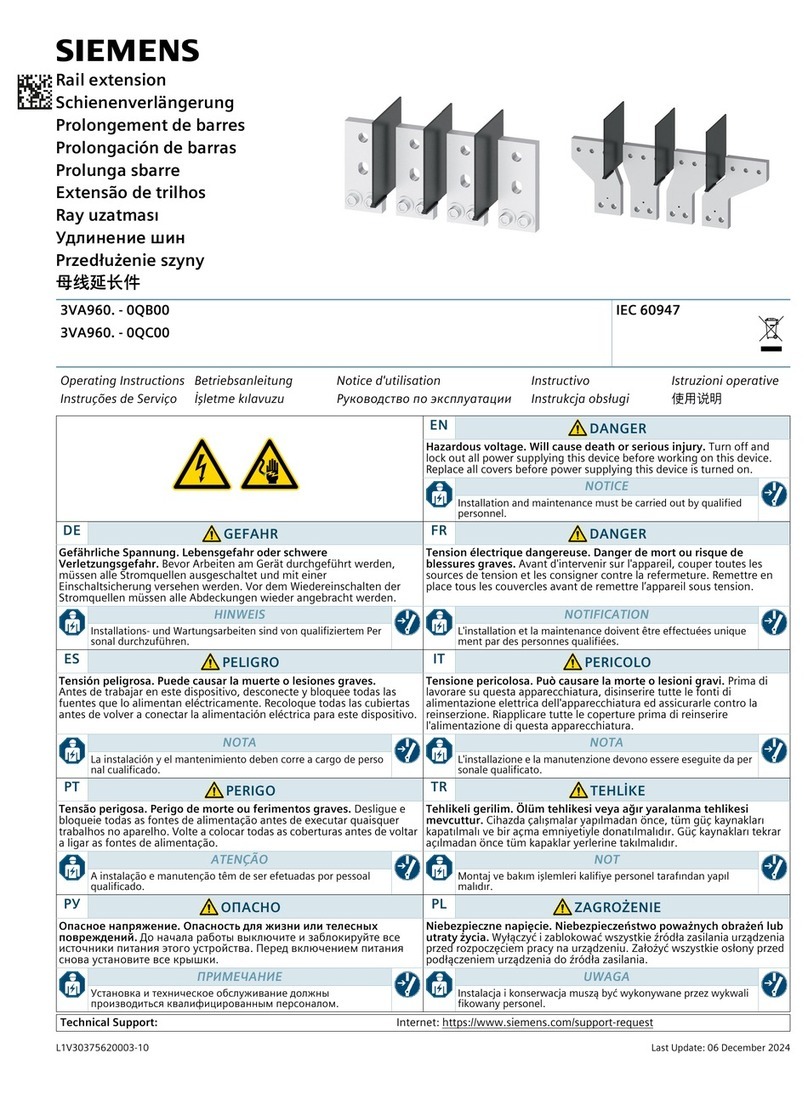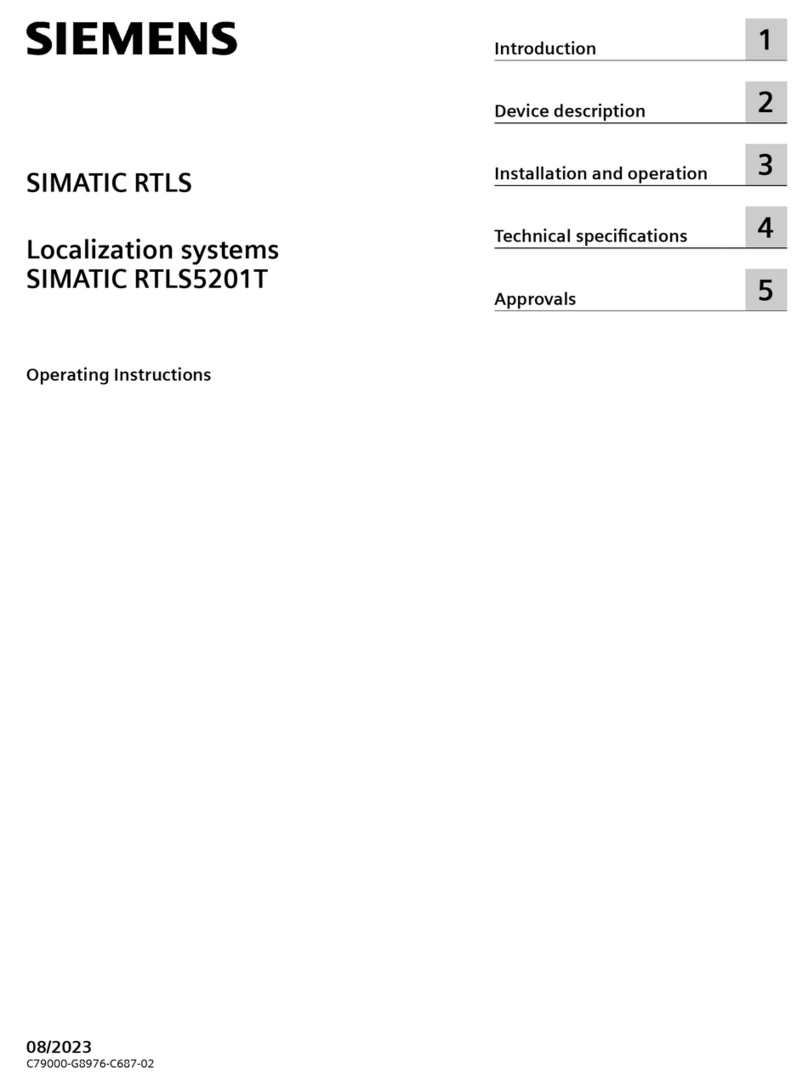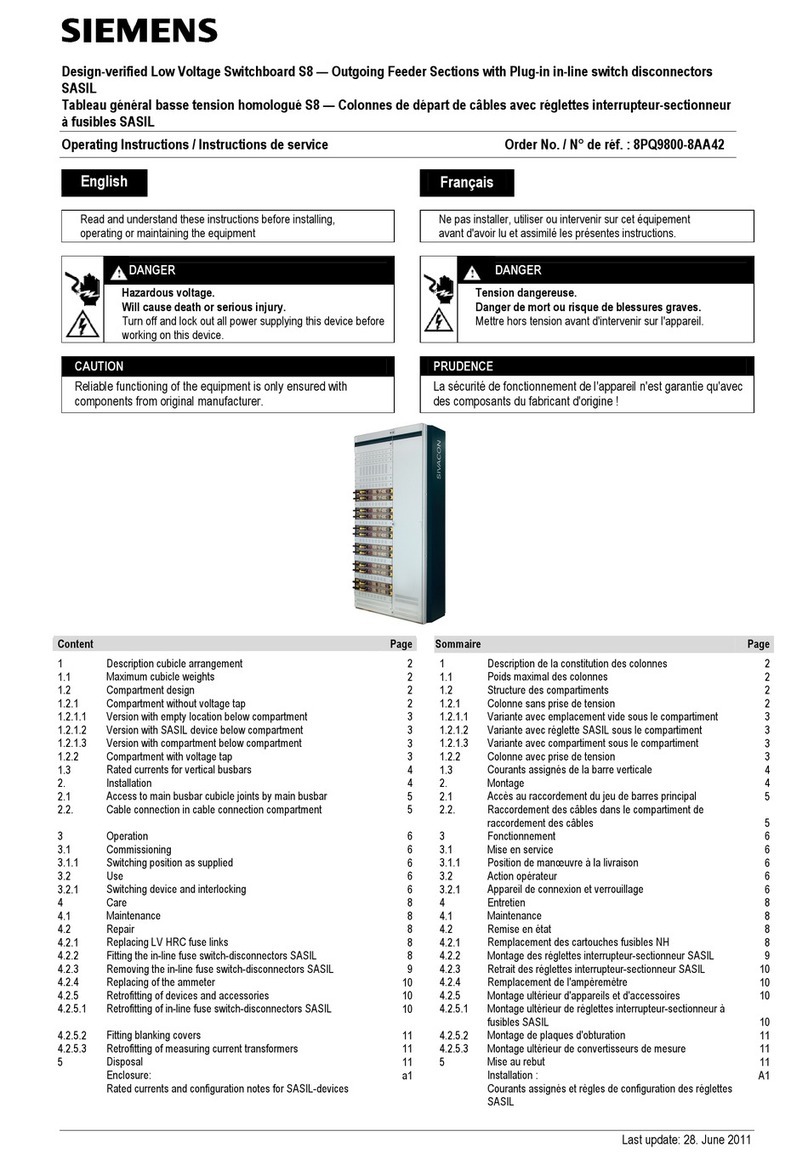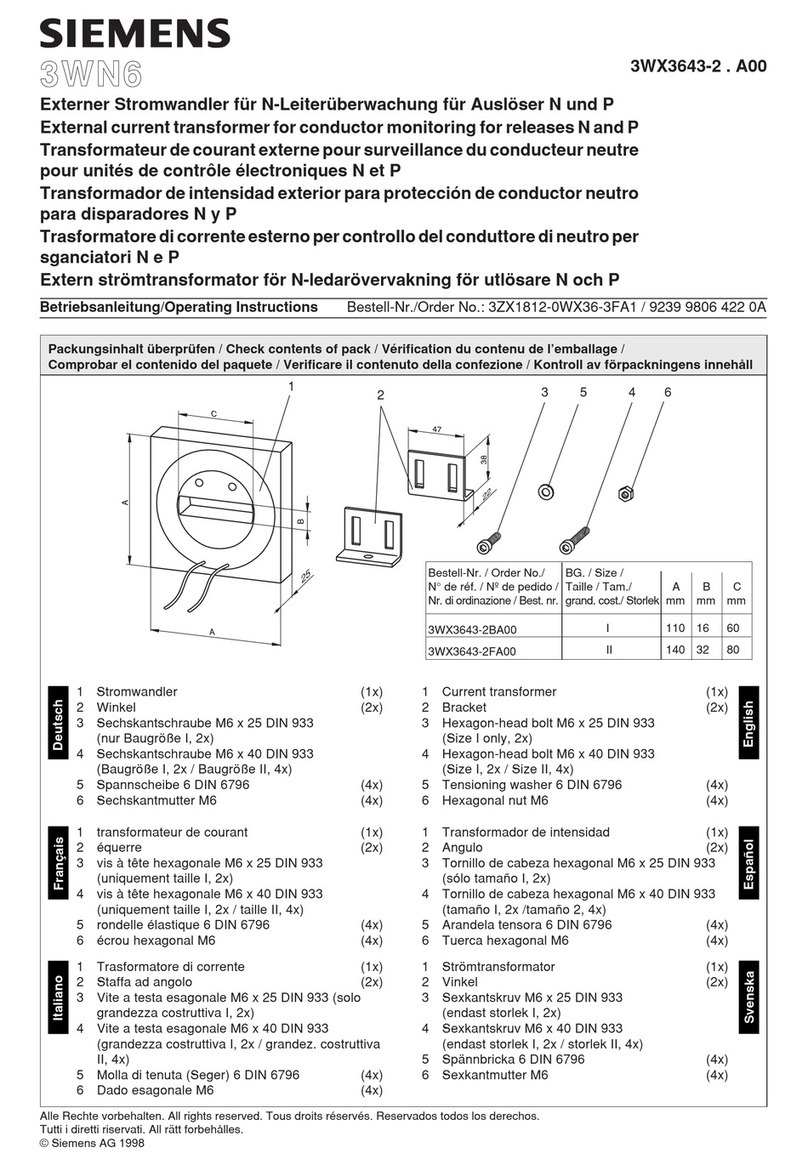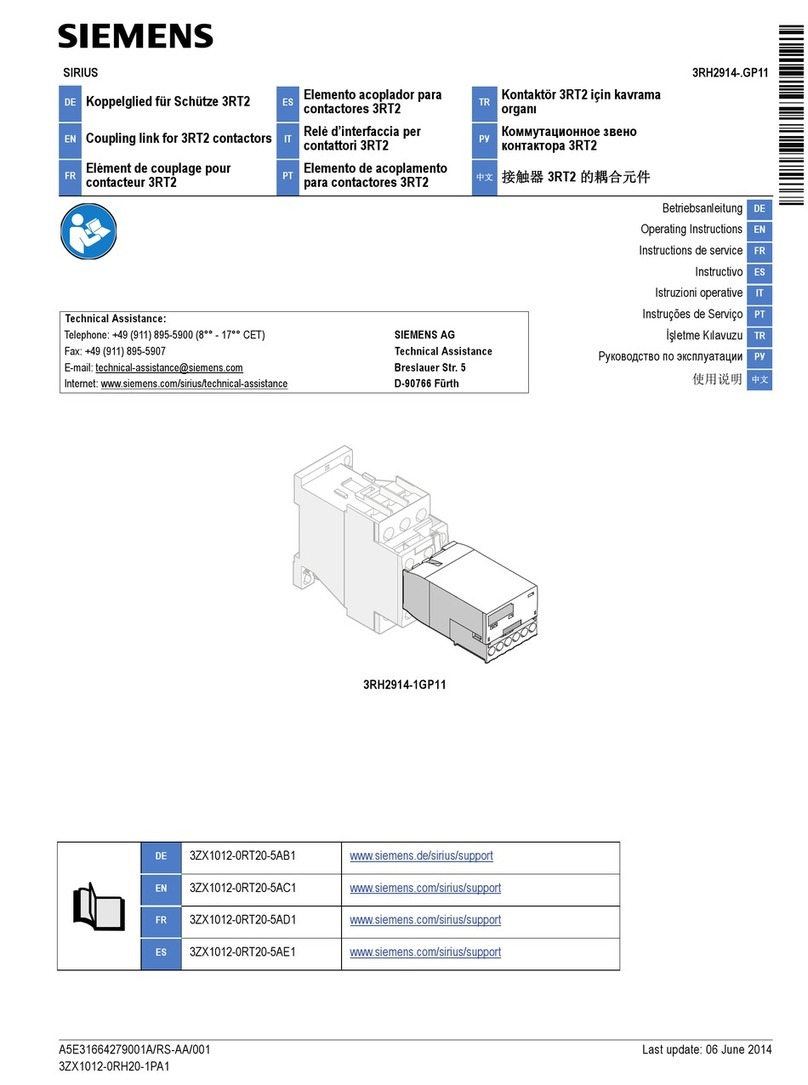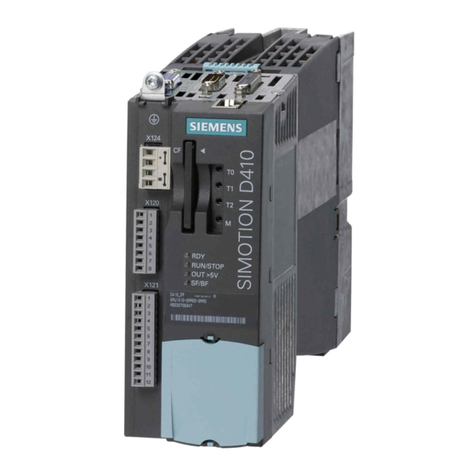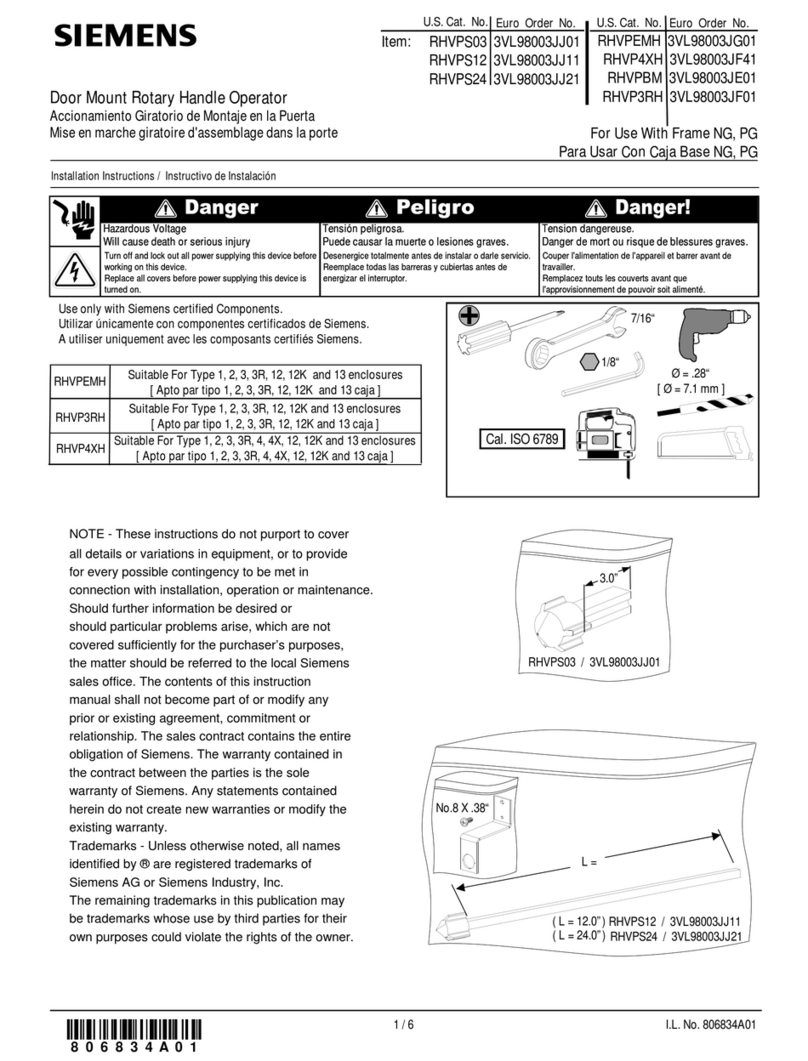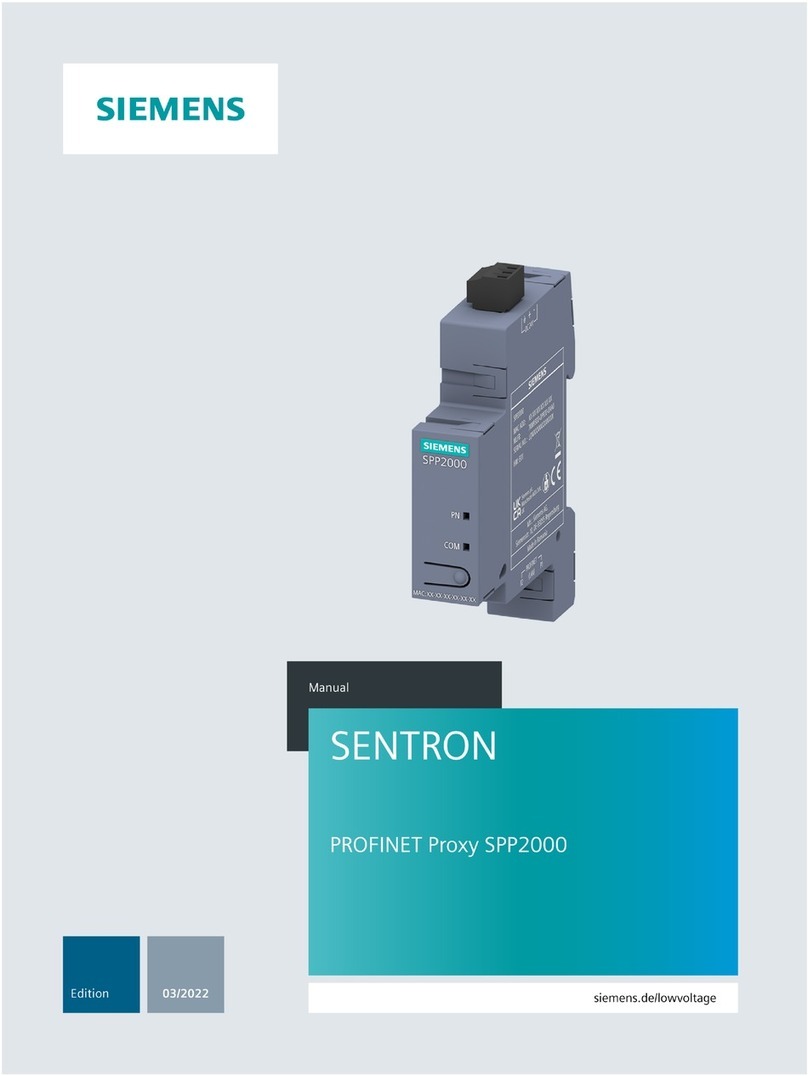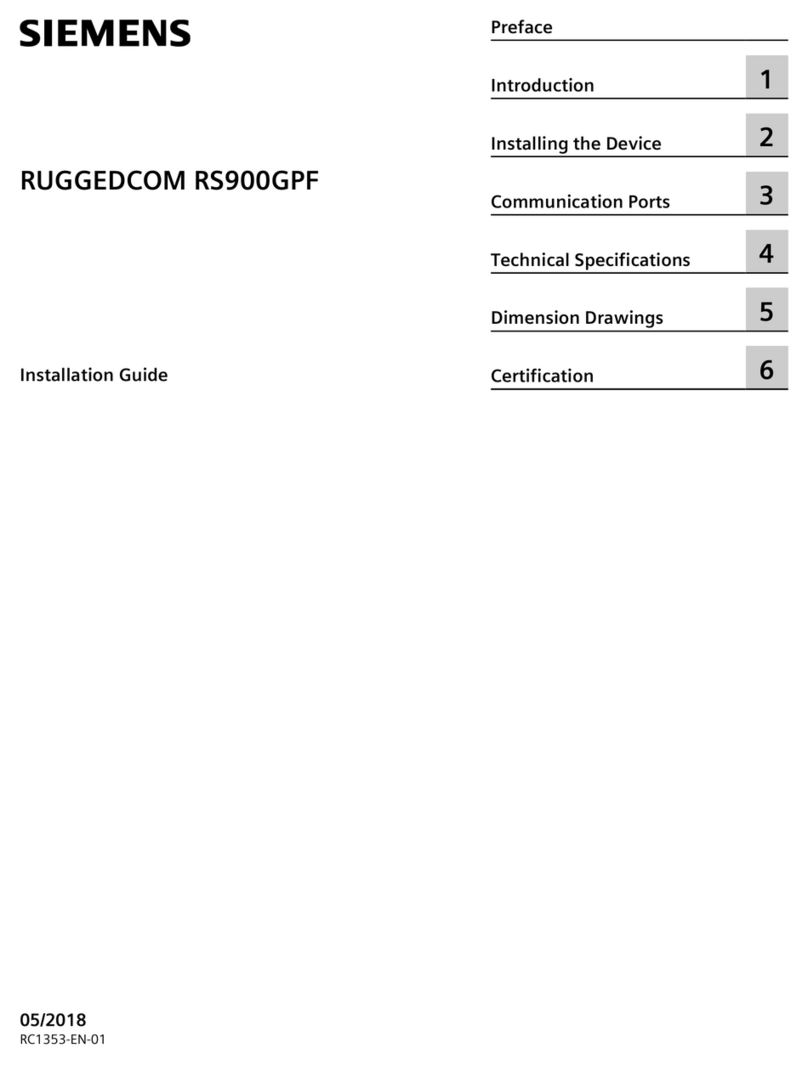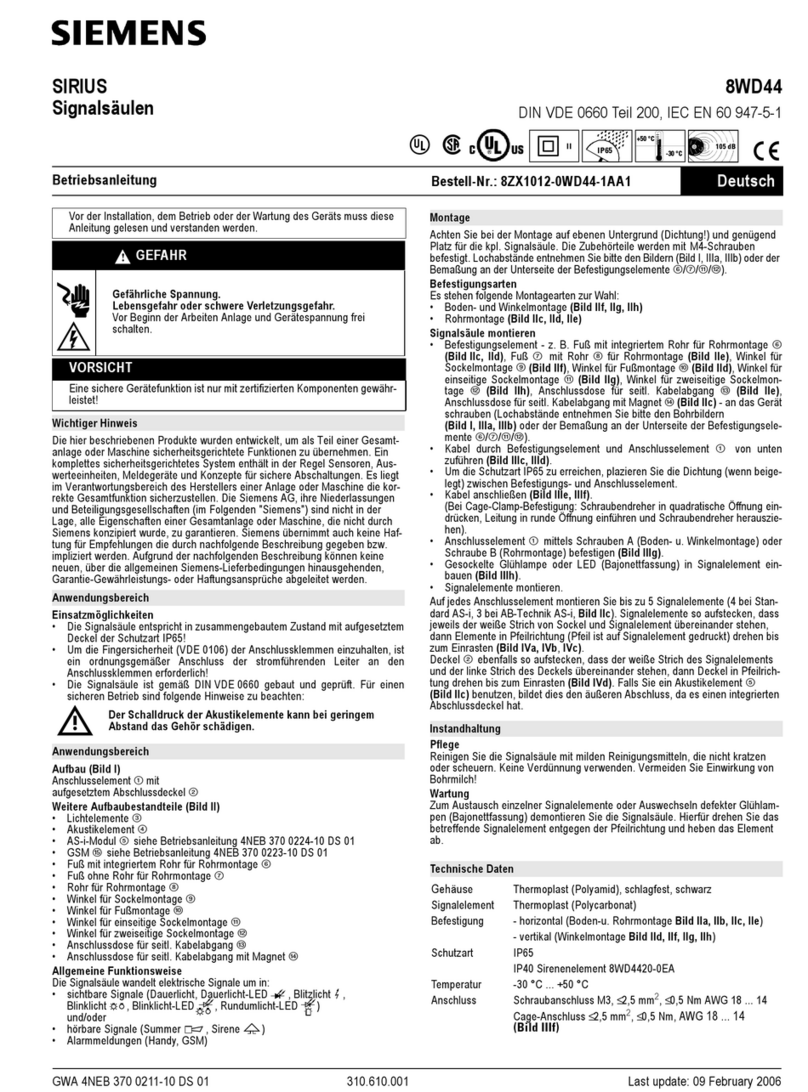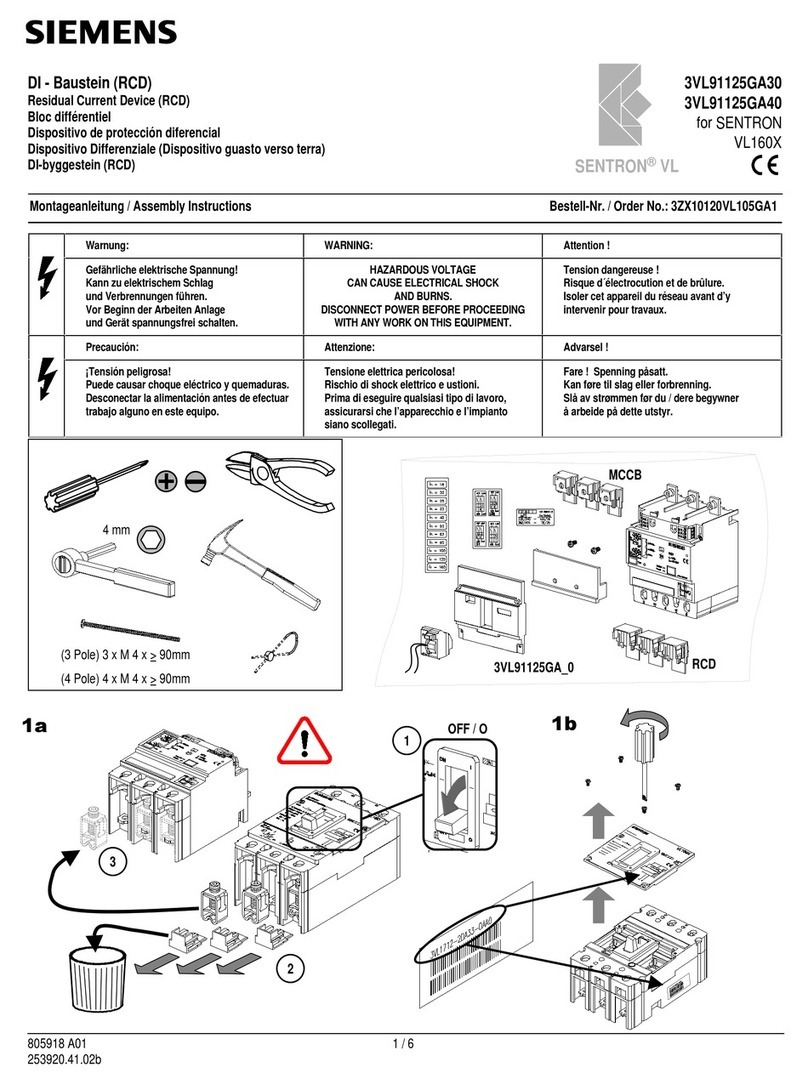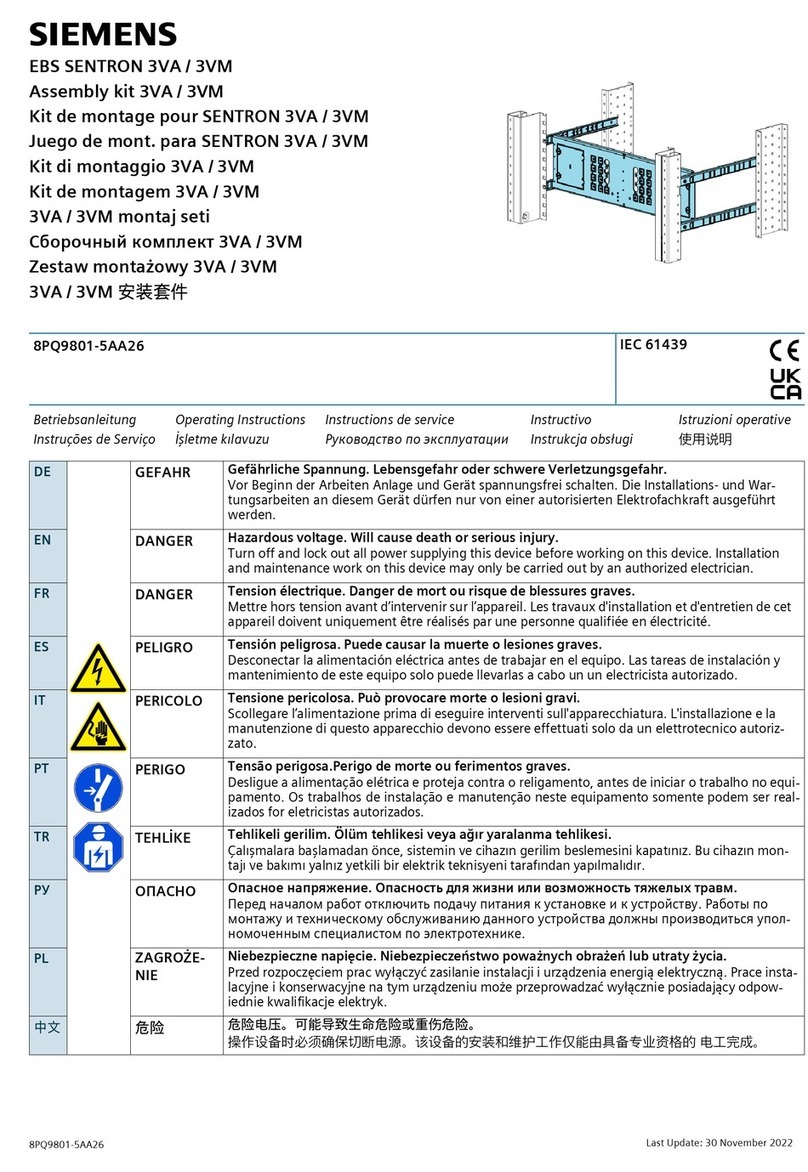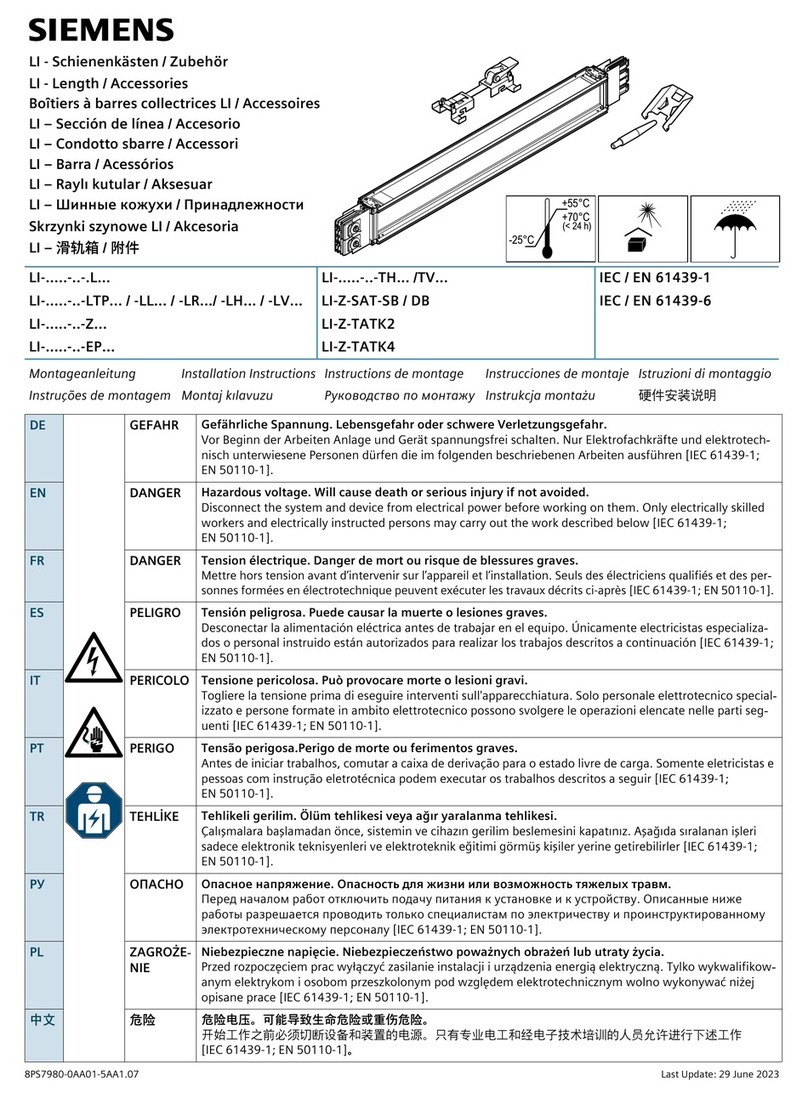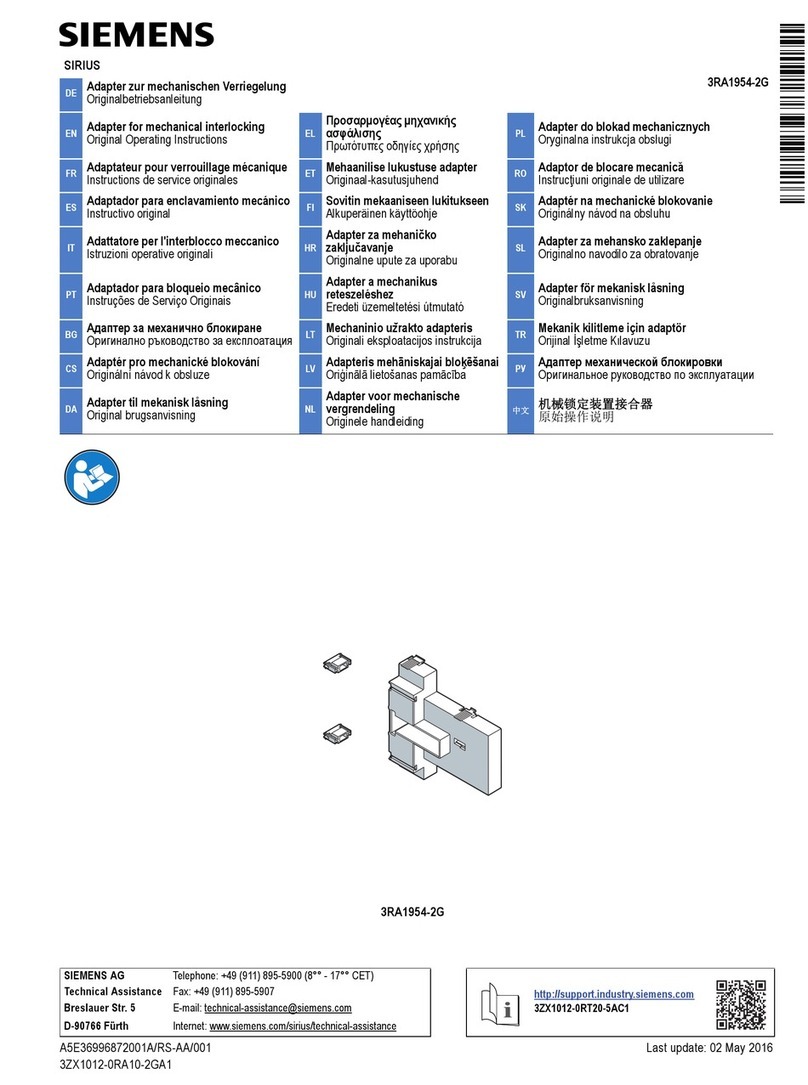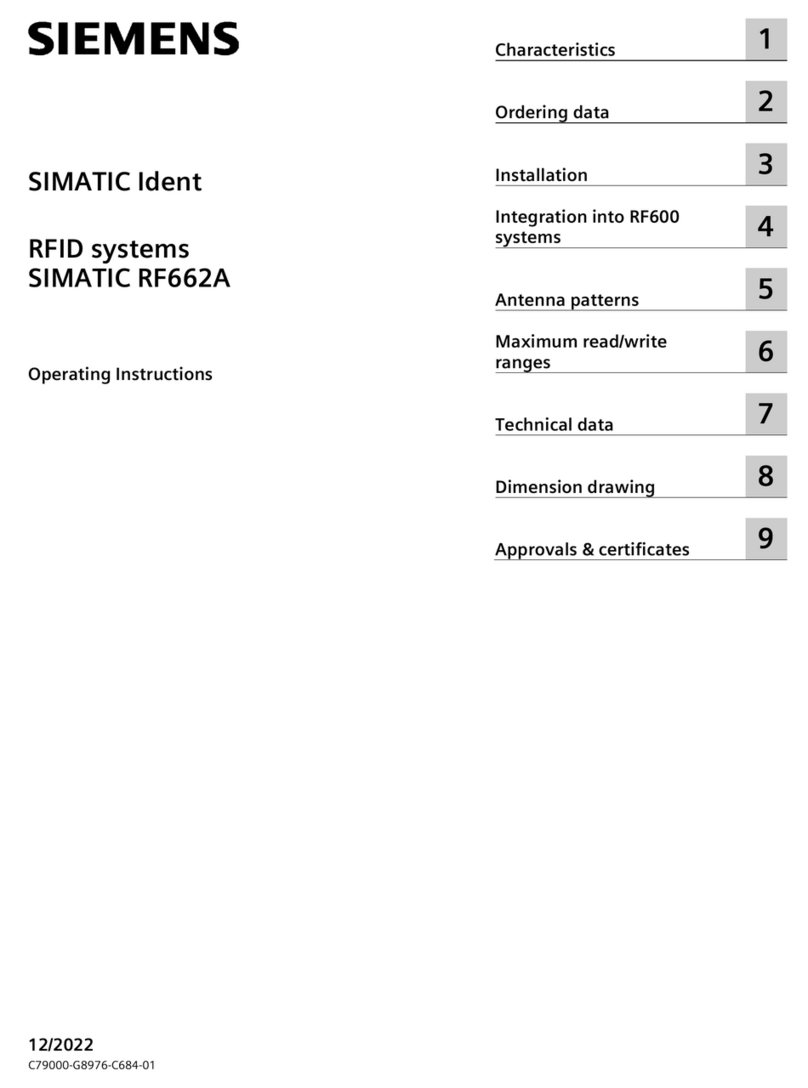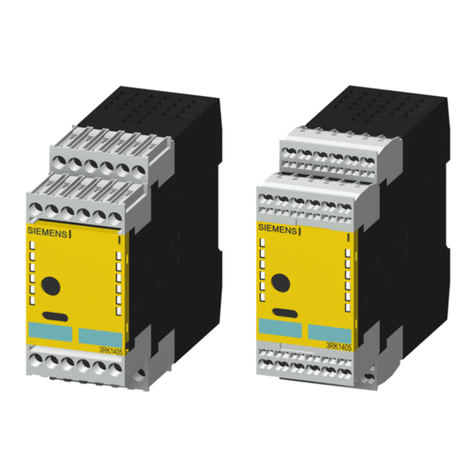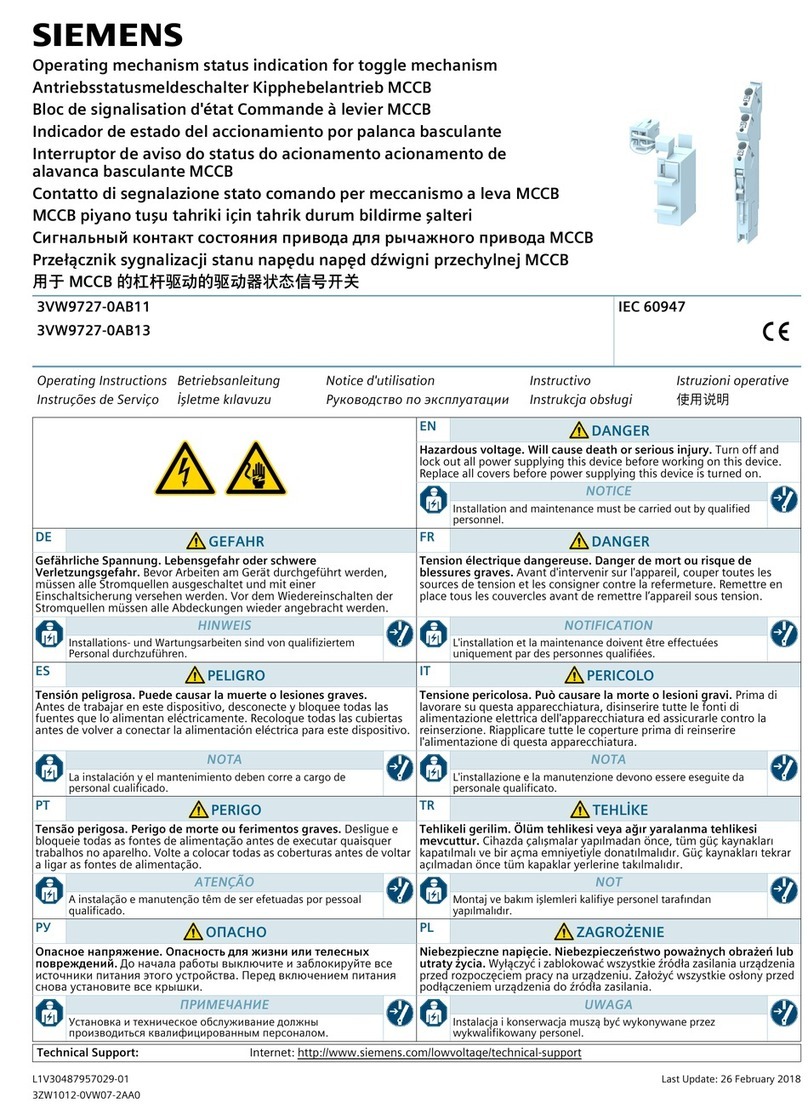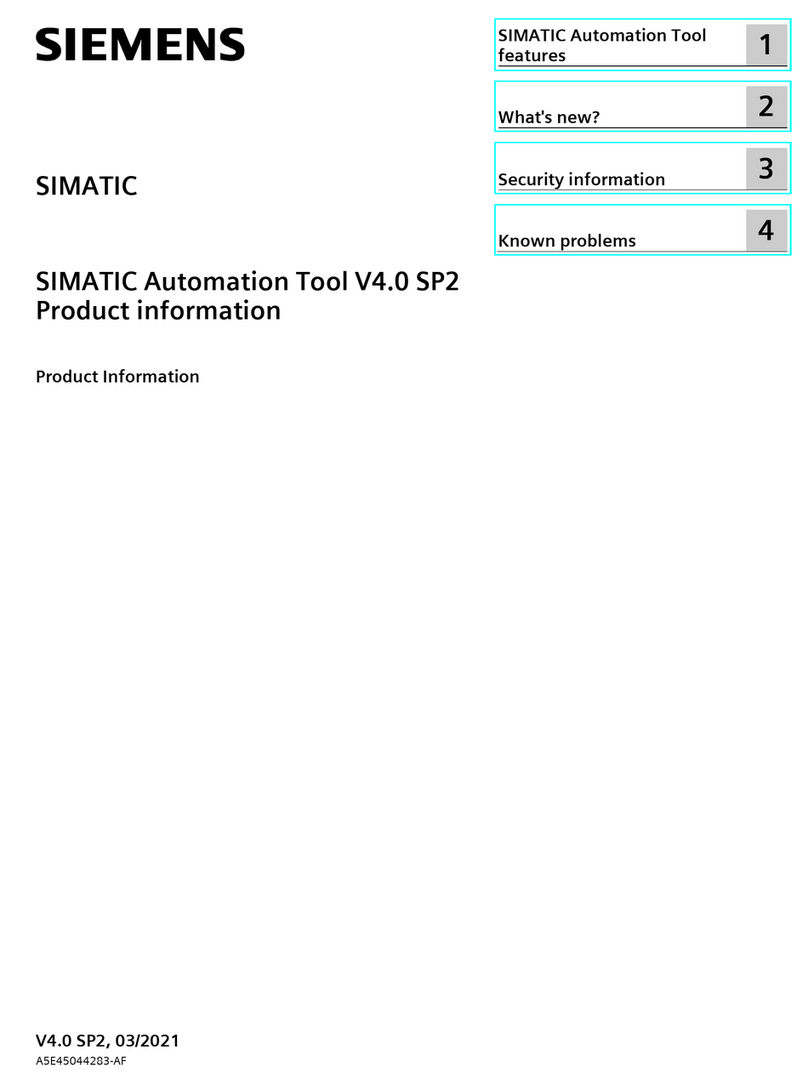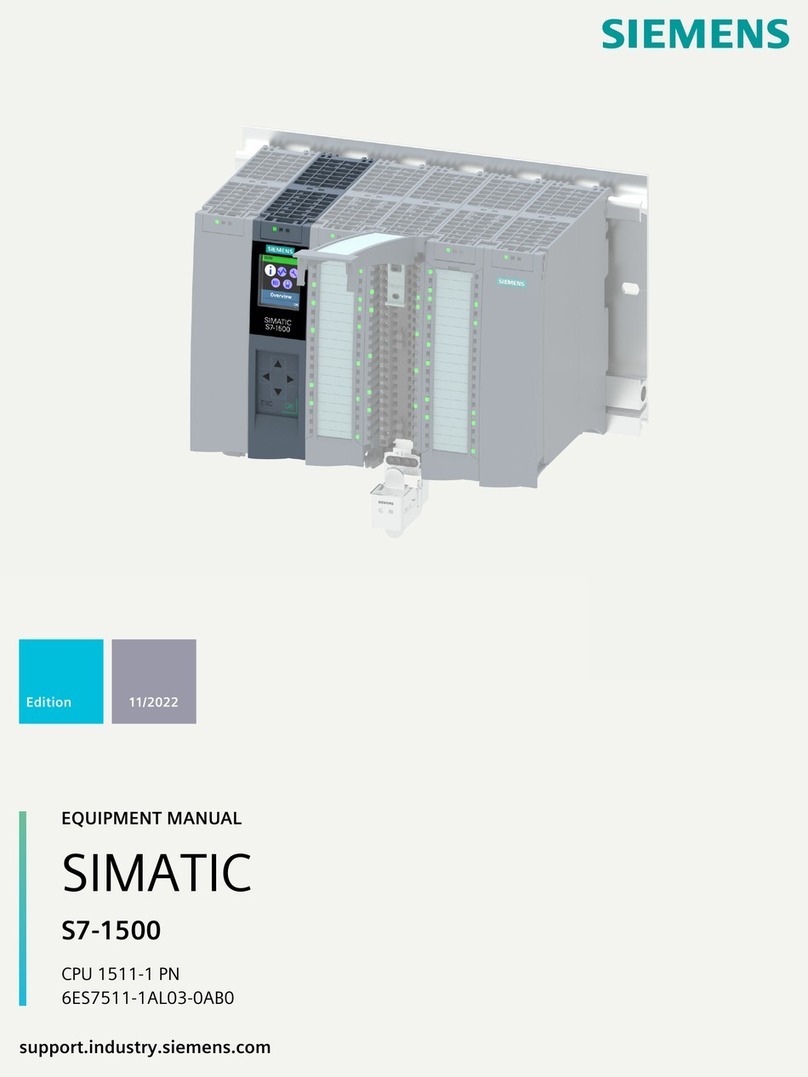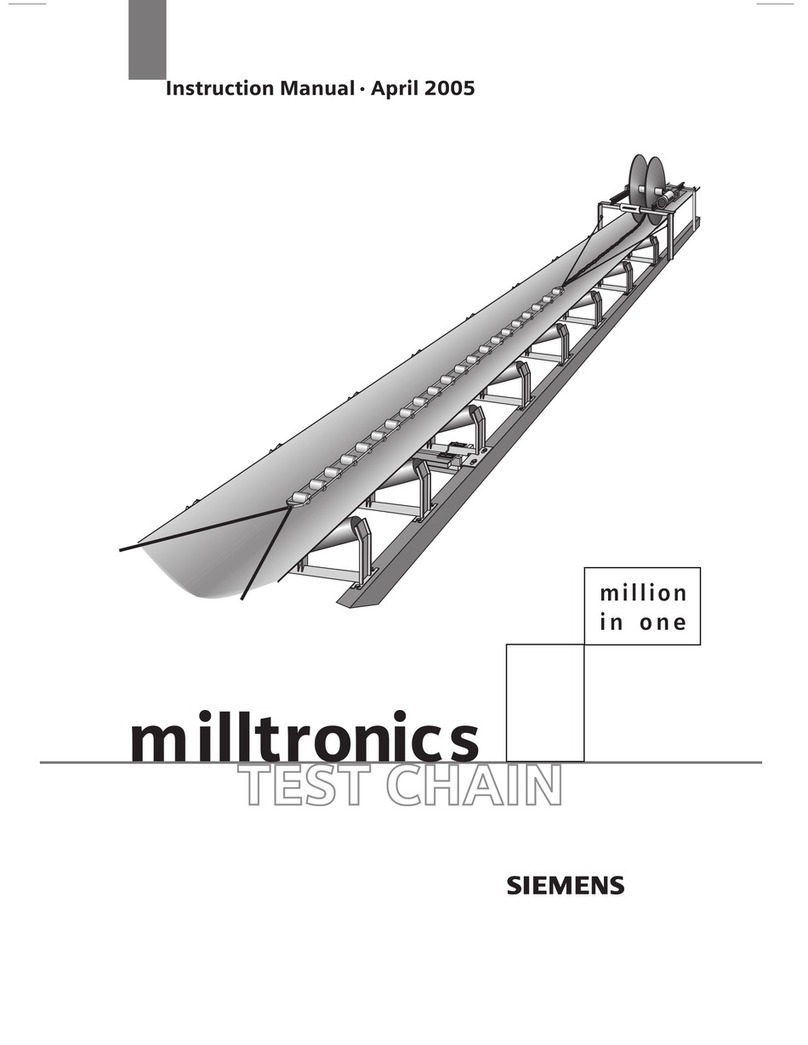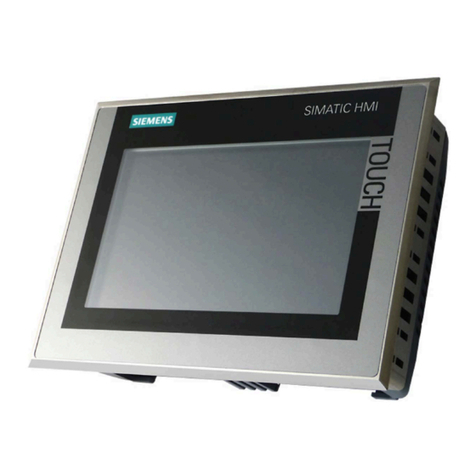
9/1/06
SIEMENS WATER TECHNOLOGIES CORP.
P.O. BOX 389
BRADLEY, IL 60915
TELEPHONE: 815-932-8154
800-882-6466
FACSIMILE: 815-932-0674
PolyBlend®Product Warranty
Siemens Water Technologies Corp. warrants
equipment of its manufacture and bearing its
trademark to be free of defects in material and
workmanship and to materially conform to any
applicable specifications and drawings approved
in writing by Siemens Water Technologies. If the
customer gives Siemens Water Technologies
Corp. prompt written notice of a breach of this
warranty within twelve (12) months from the date
of start-up by an authorized Siemens Water
Technologies Corp. technician or eighteen (18)
months from the date of shipment, whichever
occurs first (the “Warranty Period”), Siemens
Water Technologies Corp. will, at its sole option
and as the customer’s exclusive remedy, either
repair or replace free of charge, or refund the
purchase price paid with respect to, any material
found to be defective during the Warranty Period.
No repair or replacement of defective products
shall extend the Warranty Period, but any such
repaired or replaced product shall be covered by
the balance of the original Warranty Period. If
Siemens Water Technologies Corp. determines
that any claimed breach is not, in fact, covered by
this warranty, the customer shall pay Siemens
Water Technologies Corp.’s then customary
charges for any repair or replacement.
The foregoing warranty is conditioned upon the
customer’s (i) the customer shall have operated
and maintained the equipment in accordance
with all instructions provided by Siemens Water
Technologies Corp. (ii) the customer shall not
have made any unauthorized repairs or
alterations; (iii) the customer shall not be in
default of any payment obligation to Siemens
Water Technologies Corp. (iv) if requested, the
customer will deliver the equipment to a Siemens
Water Technologies Corp. authorized service
center and the customer shall pay all inbound
and outbound freight costs; (v) the customer
must provide a complete and detailed description
of the problem including, without limitation, the
Siemens Water Technologies Corp. job number,
date of delivery, date of installation, date of start-
up and the operating conditions of the unit(s); (vi)
return a duly completed Start-Up an Field Test
Report to Siemens Water Technologies Corp.
within thirty (30) days of start-up; and (vii) for
equipment which is destined for extended
storage, such equipment must have been stored
in accordance with the Storage Requirements
detailed in the operation and maintenance
manual (storage of equipment does not extend
the Warranty Period).
The foregoing warranty does not extend to, and
Siemens Water Technologies Corp. assumes no
responsibility for, (i) the installation quality or any
service defects resulting therefrom unless a
Siemens Water Technologies Corp.
representative or designee supervised the
installation; (ii) in the event that the unit size and
location are predetermined by someone other
than Siemens Water Technologies Corp. or our
local representative, the serviceability and/or
performance of the unit for the specified design
and/or actual operating conditions (this exclusion
shall not apply if all necessary design information
is submitted to and approved in writing by
Siemens Water Technologies Corp.); (iii) any
auxiliary equipment or accessories supplied by
Siemens Water Technologies Corp. but
manufactured by others (the original
manufacturer's warranty, if any, shall apply to
such products); (iv) damage to the equipment or
products resulting from normal wear, abuse,
neglect or operation in a manner inconsistent
with Siemens Water Technologies’
recommendations; and (v) damage to equipment
or products that have been modified, tampered
with or altered without written consent from
Siemens Water Technologies.
In addition to the foregoing conditions and
limitations, the following product-specific
limitations and conditions must be satisfied for
the foregoing warranty to apply:
1. This warranty does not cover damage
caused by chemical action or abrasive
material (including, without limitation,
particulates in the makeup water), damage
caused by handling or during transportation,
or damage arising from misuse, installation
or any other cause beyond Siemens Water
Technologies’ control. Standard units not in
outdoor configurations are not warranted in
outdoor applications.
2. If a non-potable water source is used as
primary or secondary dilution water to the
PolyBlend® unit, the warranty period shall
not exceed ninety (90) days from the date of
shipment.
HydroForce®Product Warranty
The HydroForce® mixing assembly, part of the
PolyBlend® product line, is covered for the life of
the product by the limited warranty set forth
herein, provided that the limited lifetime warranty
extends only to the original user of the product.
